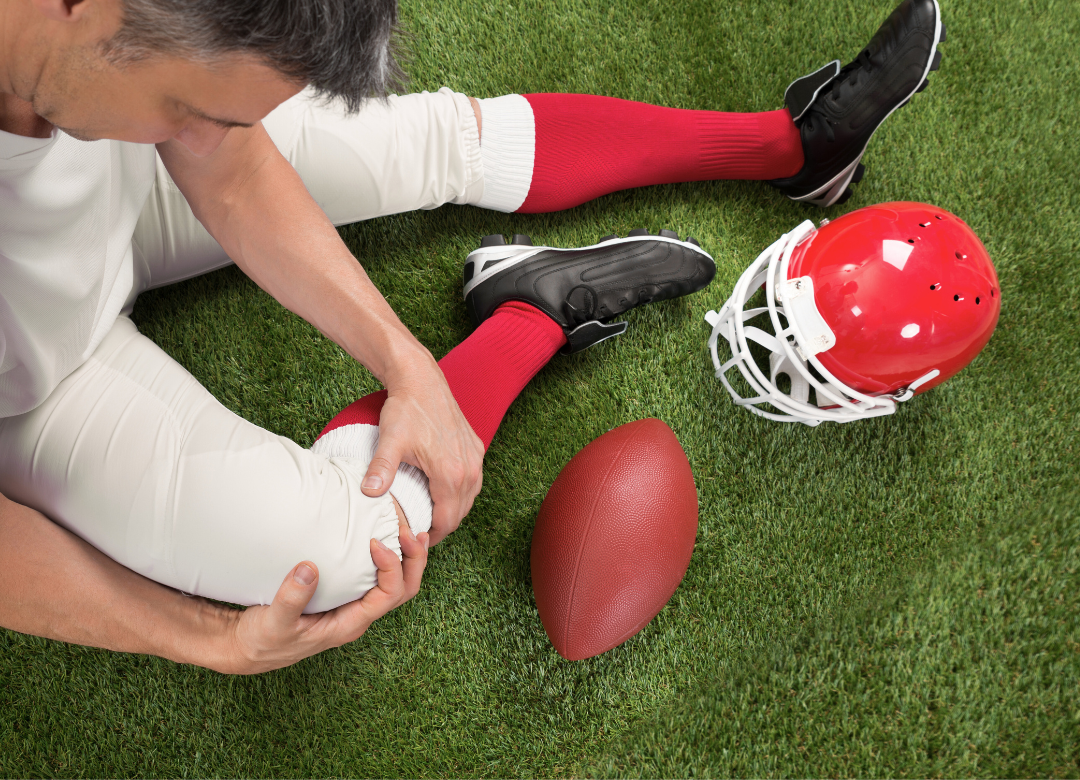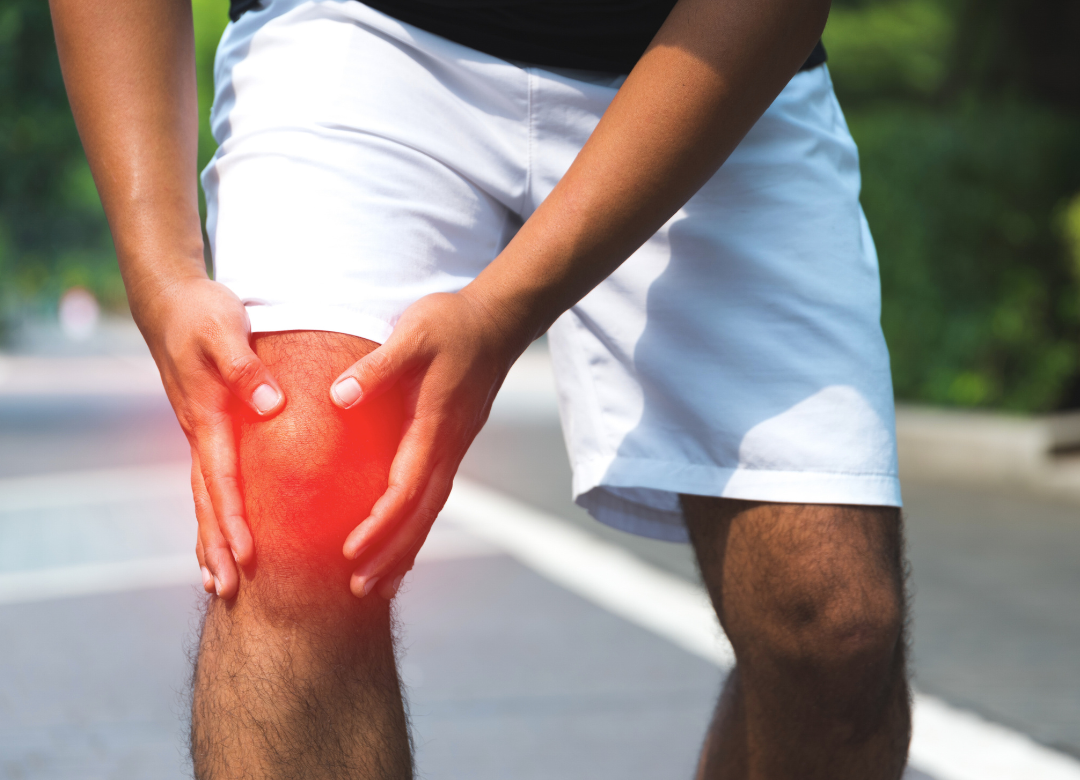
ACL Uncovered: What is the ACL, How ACL Injuries Happen, and What to Do
The Anterior Cruciate Ligament (ACL) is one of the most well-known knee injuries in sports—and one of the most feared. If you watch ESPN highlights or any live sport, you've probably witnessed an ACL injury or seen headlines about athletes tearing their ACL. But what exactly is the ACL, how do injuries happen, and what can you do to recover or reduce your risk? Let’s break it down.
1. What is the ACL and Why is it Important?
The ACL is a key ligament inside the knee that connects the femur (thigh bone) to the tibia (shin bone). Unlike the MCL and LCL, which are outside the knee joint, the ACL is within the joint capsule, making it crucial for knee stability. Its main functions include preventing excessive forward movement of the tibia, limiting excessive rotational movement (lateral and medial) of the tibia on the femur during pivoting, and providing stability during high-level activities..png?width=280&height=202&name=Untitled%20design%20(8).png)
Because the ACL is a ligament (non-contractile tissue), it doesn’t actively contract like a muscle. Instead, it remains taut when healthy and becomes lax or torn when injured.
2. Common Mechanisms of ACL Injuries
Most ACL injuries—about 70%—are non-contact injuries, meaning they happen without another player or object causing direct impact. These injuries typically occur due to sudden deceleration during changes in direction, awkward landings from jumps, or awkward single leg jumping during a lay up or dunk. When the surrounding muscles fail to synergistically contract together to stabilize the knee in these split second moments, excessive stress and strain is placed on the ACL and is unable to resist excessive tibial motion, resulting in a sprain or complete tear (Boden et al., 2010).
3. Common ACL Injury Types
ACL injuries are classified into three grades:
- Grade I (Mild Sprain): The ACL is stretched but not torn, causing mild pain, mild swelling, and temporary knee weakness.
- Grade II (Partial Tear): The ACL is partially torn, leading to moderate pain, swelling, instability, and difficulty with running, jumping, and pivoting movements.
- Grade III (Complete Tear): The ACL is fully ruptured, resulting in severe pain, swelling, an inability to bear weight, and a sensation of the knee "giving out."
4. What to Do After an ACL Injury
If you suspect an ACL injury:
- Stop activity immediately.
- Apply ice and elevate the knee to manage pain and swelling.
- Use crutches if necessary to avoid putting weight on the unstable knee.
- See a orthopedic surgeon or sports physical therapist for an evaluation.
How is an ACL Injury Diagnosed?
Sports physical therapists and orthopedic surgeons use special tests such as the Lachman’s Test, Anterior Drawer Test, and Pivot Shift Test to assess ACL integrity. If a tear is suspected, an MRI is the gold standard for confirming the diagnosis and severity of the ACL injury (Costa-Paz et al., 2012).
Surgery or Rehab?
- Grade I and some Grade II injuries can often be managed with physical therapy alone.
- Some Grade II and Grade III tears usually require ACL reconstruction or repair for athletes returning to sports from recreational to professional levels.
- Bridge-Enhanced ACL Restoration (BEAR) is an emerging procedure showing promising results for specific cases (Murray et al., 2022).
Regardless of the treatment path, structured sports rehab and meeting specific physical criteria are critical to regaining full function, performance, and decreasing the risk for a re-tear.
5. Can We Prevent ACL Injuries?
While we can’t 100% prevent ACL injuries, we can significantly reduce risk through rest, recovery, and targeted training. The best strategies include strength training (quads, hamstrings, glutes, and core), neuromuscular training for movement and proprioception efficiency, plyometric exercises to be prepared for force demands of athletic movements, and cardio to have muscular endurance during sport.
Research-backed programs like FIFA 11+ and PEP Program (Prevent Injury and Enhance Performance) have been shown to decrease risk of ACL injury.
Final Thoughts
ACL injuries can be a major setback, but with the right approach, athletes can recover and return to high-level performance. Whether you’re recovering from an ACL tear or looking to stay injury-free, a well-structured rehab and training program is crucial.
At Crossover Physical Therapy and Performance, we help athletes and active adults rehab ACL injuries and build resilience. We’ve worked with five Tampa athletes over the past 12 months—including those in basketball, rugby, CrossFit, hockey, and skiing—who underwent the BEAR procedure and are in progress or have successfully returned to their sports without limitations. If you meet the specific requirements, this procedure should be strongly considered through a discussion with your orthopedic surgeon.
If you need guidance, let’s get you back to doing what you love—better, faster, and stronger than ever!
References
- Boden BP, Sheehan FT, Torg JS, Hewett TE. Noncontact anterior cruciate ligament injuries: mechanisms and risk factors. J Am Acad Orthop Surg. 2010 Sep;18(9):520-7. PubMed
- Costa-Paz M, Ayerza MA, Tanoira I, Astoul J, Muscolo DL. Spontaneous healing in complete ACL ruptures: a clinical and MRI study. Clin Orthop Relat Res. 2012 Apr;470(4):979-85. PubMed
- Murray MM, Fleming BC, Badger GJ, et al. Bridge-Enhanced Anterior Cruciate Ligament Repair Is Not Inferior to Autograft Anterior Cruciate Ligament Reconstruction at 2 Years: Results of a Prospective Randomized Clinical Trial. Am J Sports Med. 2022. PubMed


